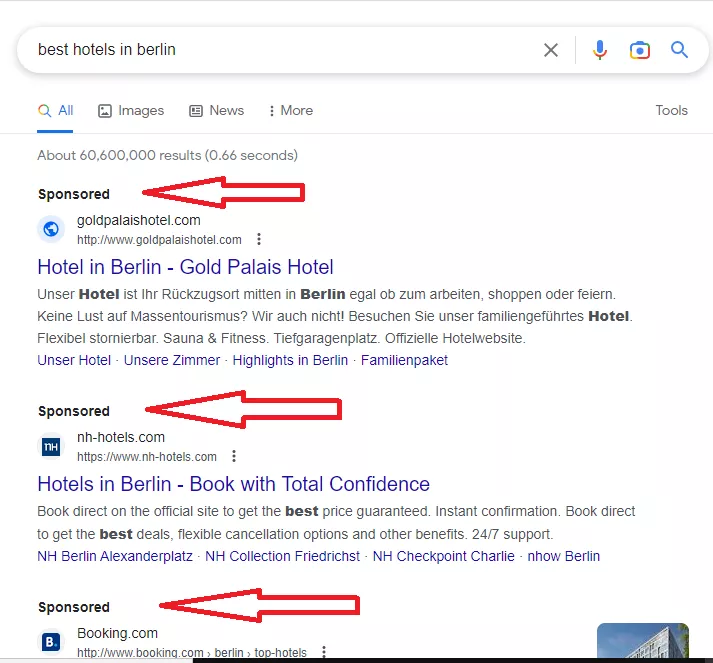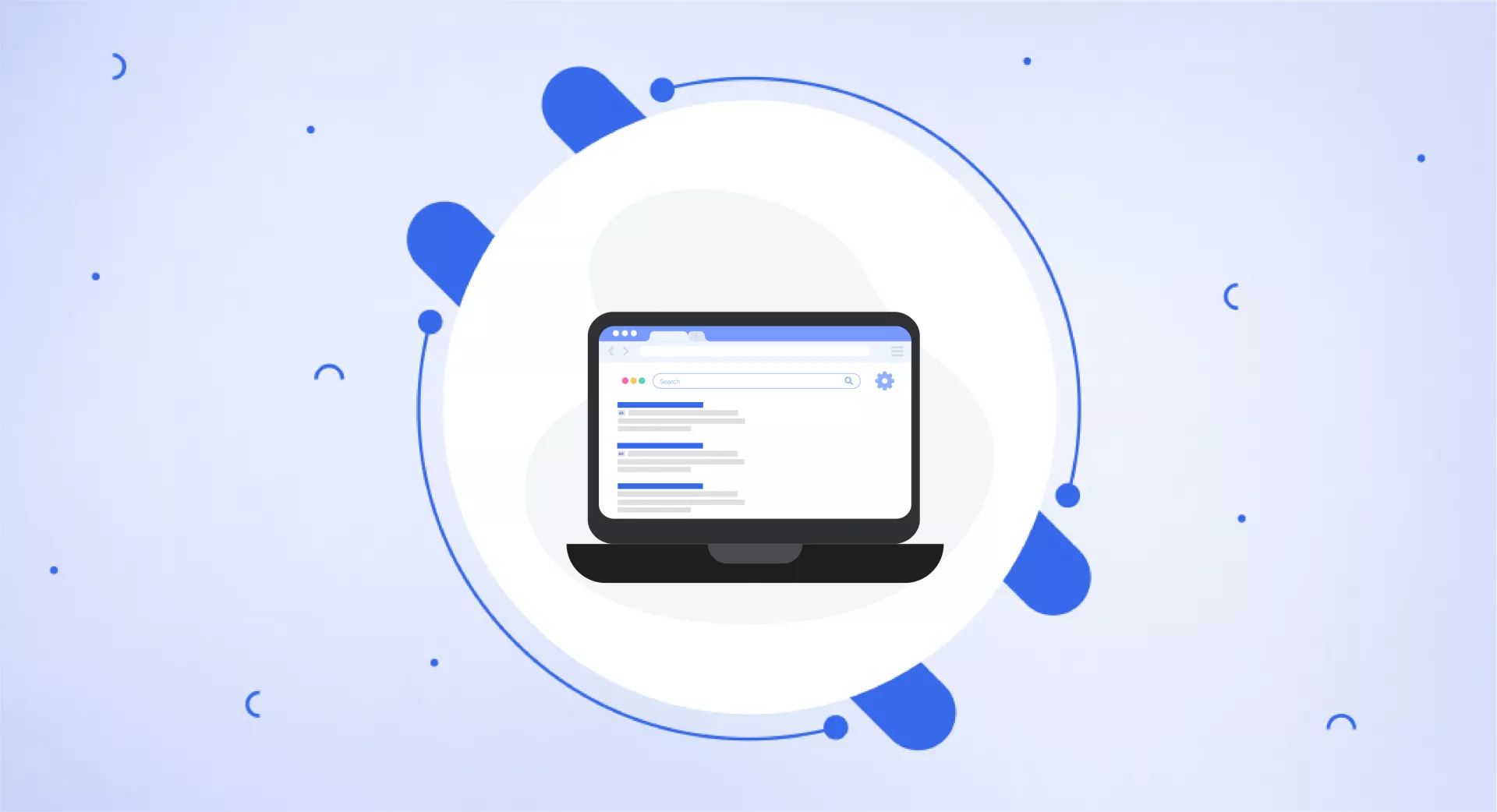What is a Top Ad?
When you search for something online, some results at the very top will be labelled "ad" or "sponsored". These are called top ads.
Top ads are paid advertisements that show up at the top of the organic search results. They appear above all the regular, non-paid search results.
Top ads are usually the most noticeable ads because they are at the very top of the search page. Other paid ads may show at the bottom, but top ads are in the prime, top position.

Importance of Top Ads
Top ads are very important for businesses for several reasons:
More People See Them - Top ads appear at the very top of the search results page, so more people are likely to notice and look at them. This increased visibility can help make people aware of new businesses or businesses trying to grow.
More Clicks - Since top ads are the most noticeable on the page, more people tend to click on them compared to other ads. More clicks means more potential customers visiting the business website.
Target the Right Audience - With top ads, businesses can target very specific groups of people using certain keywords and demographics. This better targeting can result in more conversions and a better return on investment.
Get Ahead of Competitors - Having the top ad position gives a business an advantage over other similar businesses whose ads show up lower.
Cost Can Pay Off - While top ads cost more money upfront, businesses only pay when someone actually clicks on their ad. This makes top ads a potentially cost-effective advertising option if they bring in new customers.
How Does It Work?
Top ads work using a pay-per-click model. This means businesses only pay when someone actually clicks on their ad.
First, businesses create their ad and choose specific keywords related to the product/service that they want the ad to show. They also pick targeting options like demographics.
Then, businesses bid money on how much they want to pay each time someone clicks on their ad. This is called the cost-per-click or CPC.
When someone searches on Google, it looks at how relevant and high-quality each ad is for that search. It considers things like the keywords used, the actual ad text, the website landing page, and how well the ad has performed before.
The most relevant, high-quality ads that also have higher CPC bids get shown as the top ads at the top of the search results page.
When someone clicks on one of the top ads, the business has to pay the amount they bid for that click. The person then gets taken to the business's website landing page.
Businesses can set budgets for how much they want to spend per day or month on these ads. They can also track performance like how many clicks, website visits, and sales their top ads are getting.
Best Practices for Top Ads
Choose the right keywords
Do thorough research to find the keywords that your target customers are likely to use when searching for your products/services.
Use those same keywords in your ad text and website pages to make the ads more relevant.
Write compelling ad copy
Create ad copy that is short, relevant, and attractive to your target customers.
Highlight what makes your product/service unique and special.
Include a strong call to action telling people to click on your ad.
Optimize landing pages
Make sure the pages people get sent to match the ad text and provide a good user experience.
Use clear headlines, nice visuals, and persuasive writing to guide people toward buying or signing up.
Monitor and adjust
Constantly check how your ads are performing.
Test different ad text, keywords, and targeting to improve results and ROI.
The Main Point
Top ads can be really powerful for increasing visibility, website visits, and sales for businesses.
Following best practices and constant monitoring can really maximize the success of top ad campaigns.
With the right strategy and execution, top ads help businesses stay ahead of competitors and achieve marketing goals.


